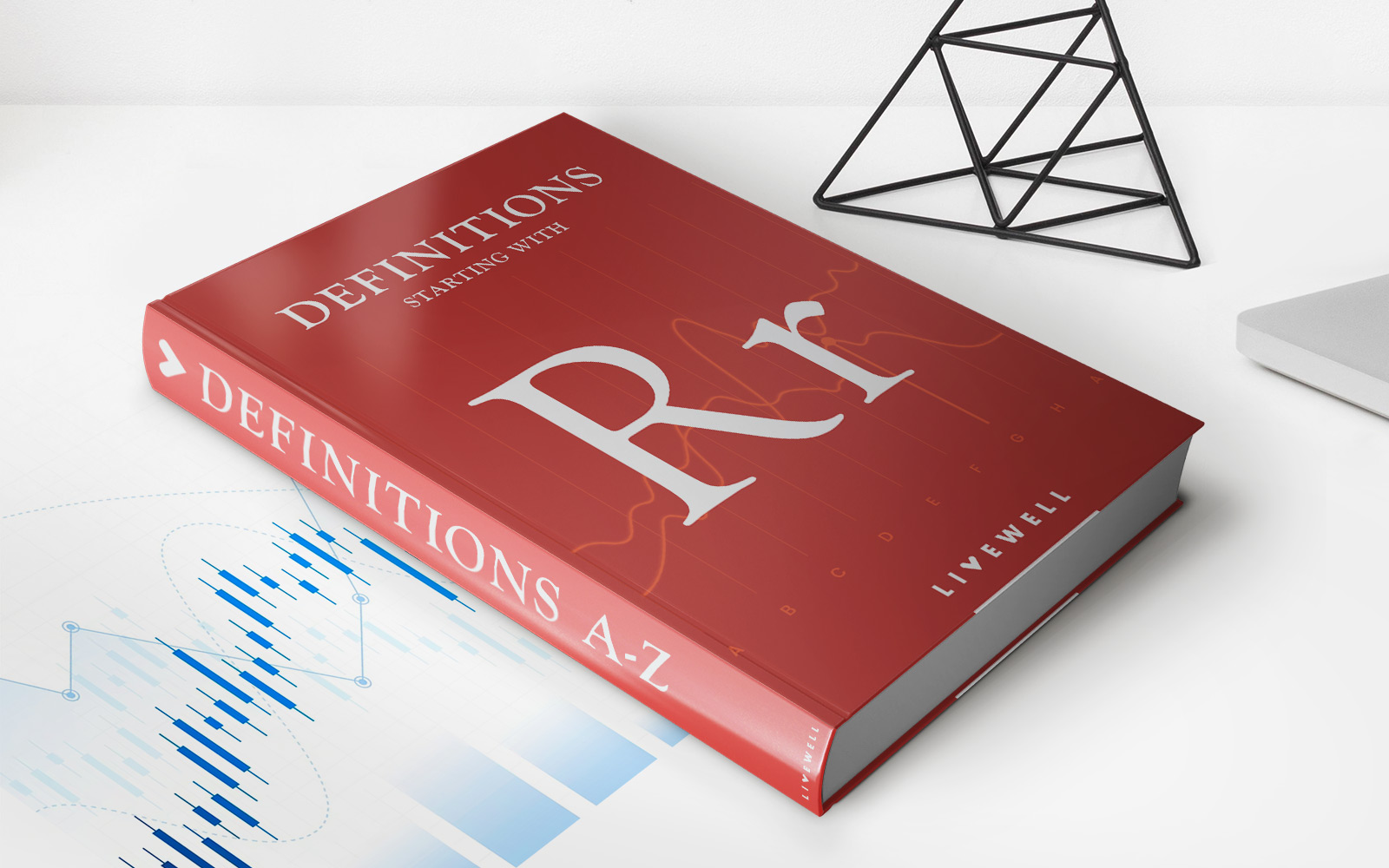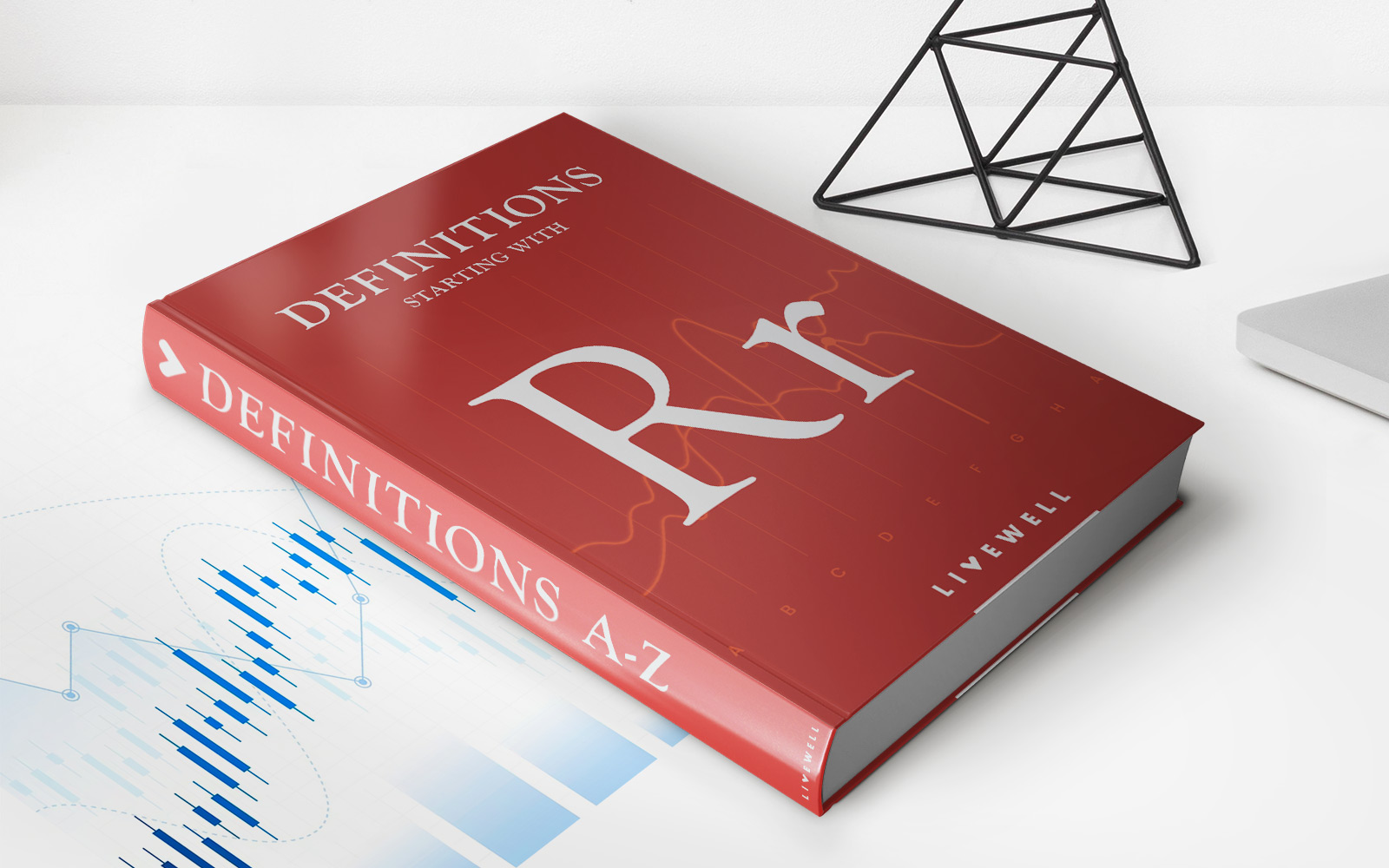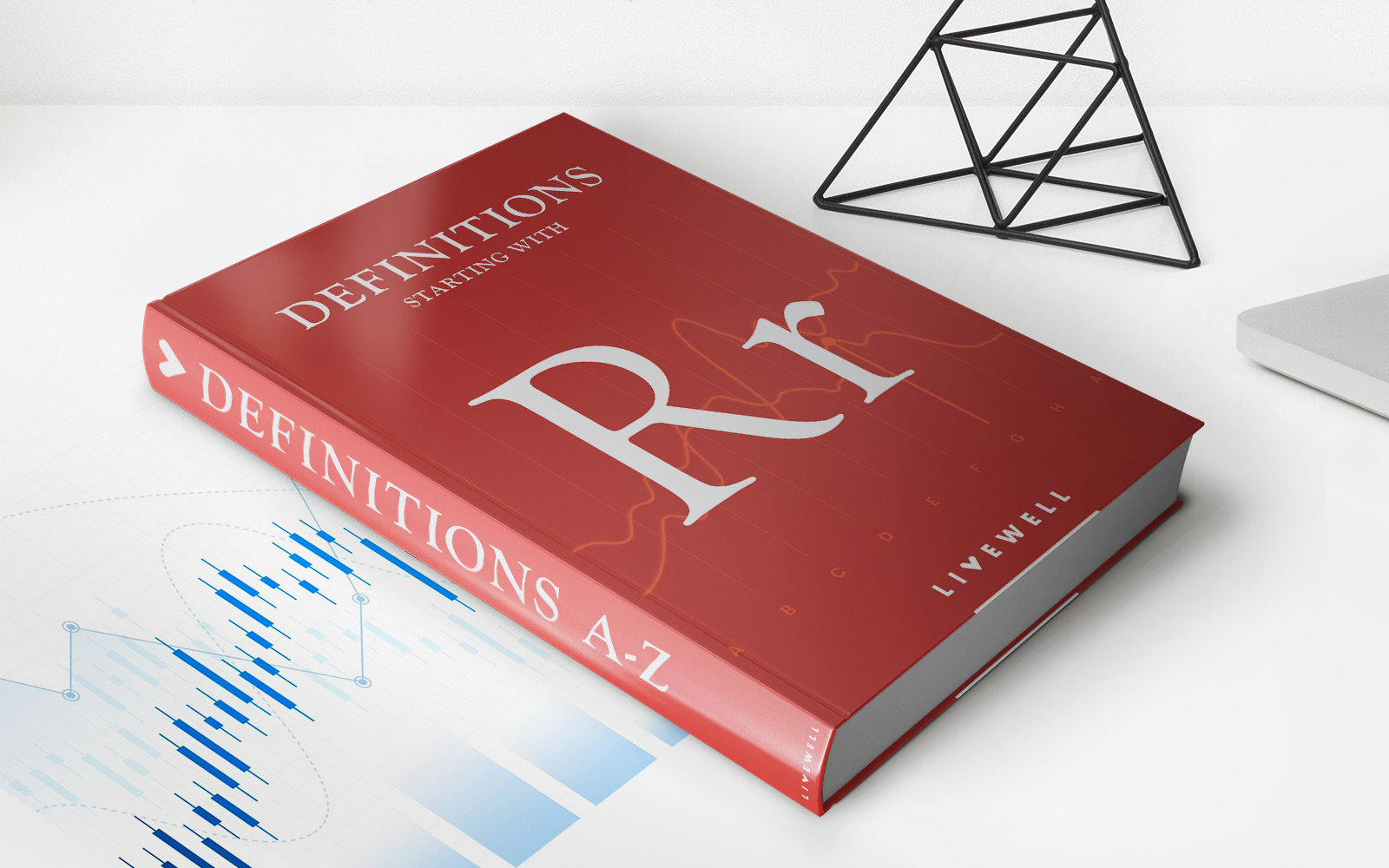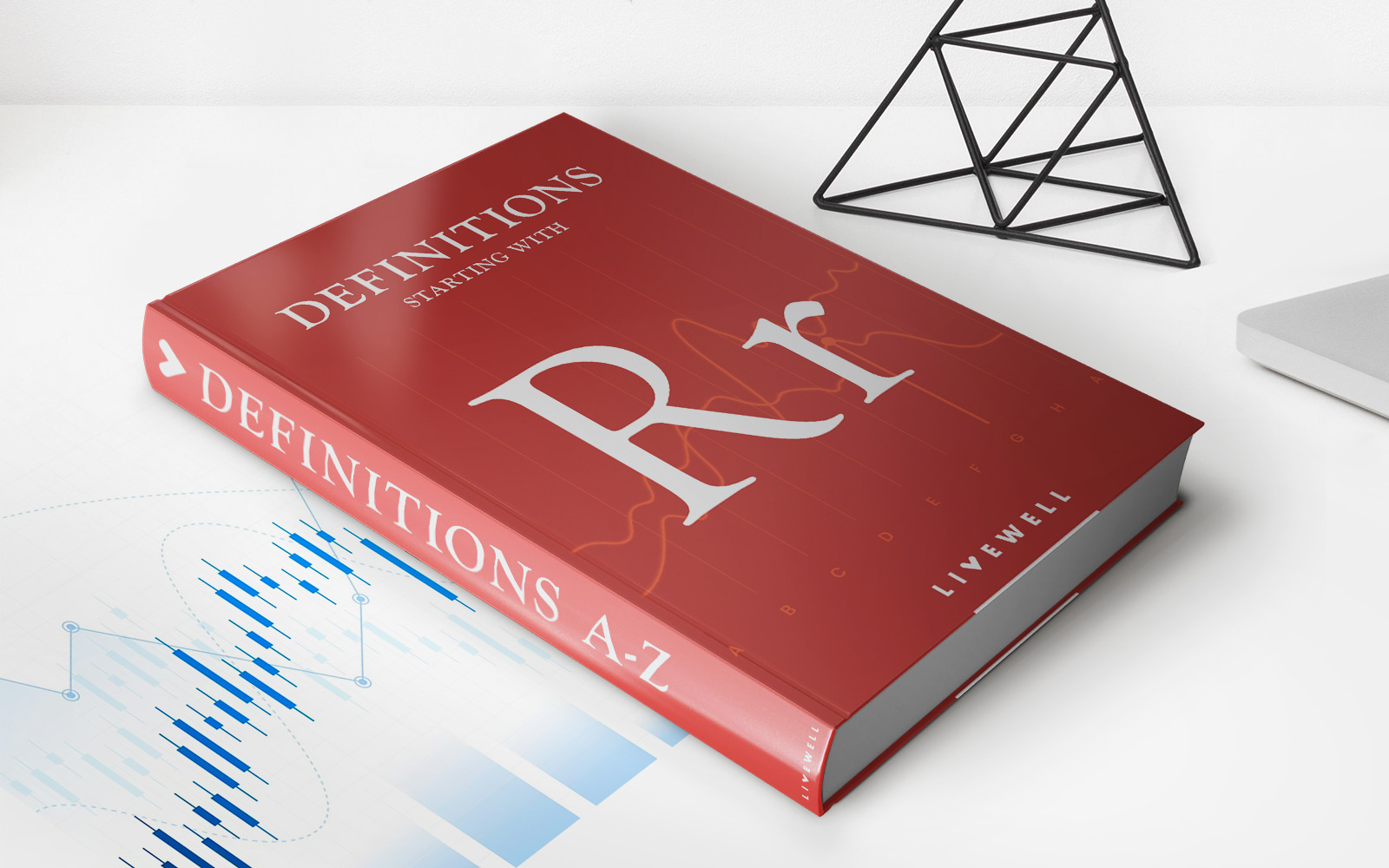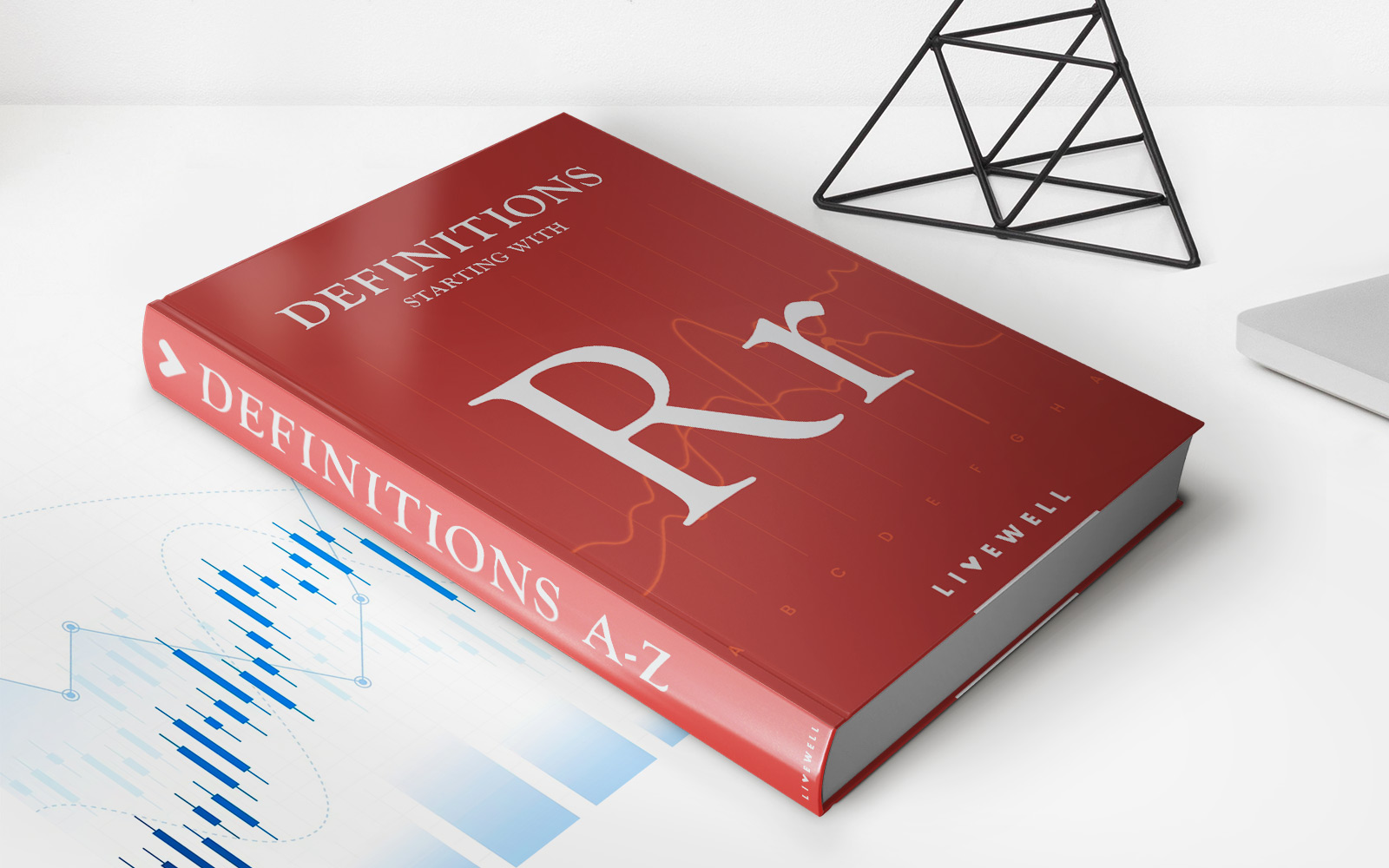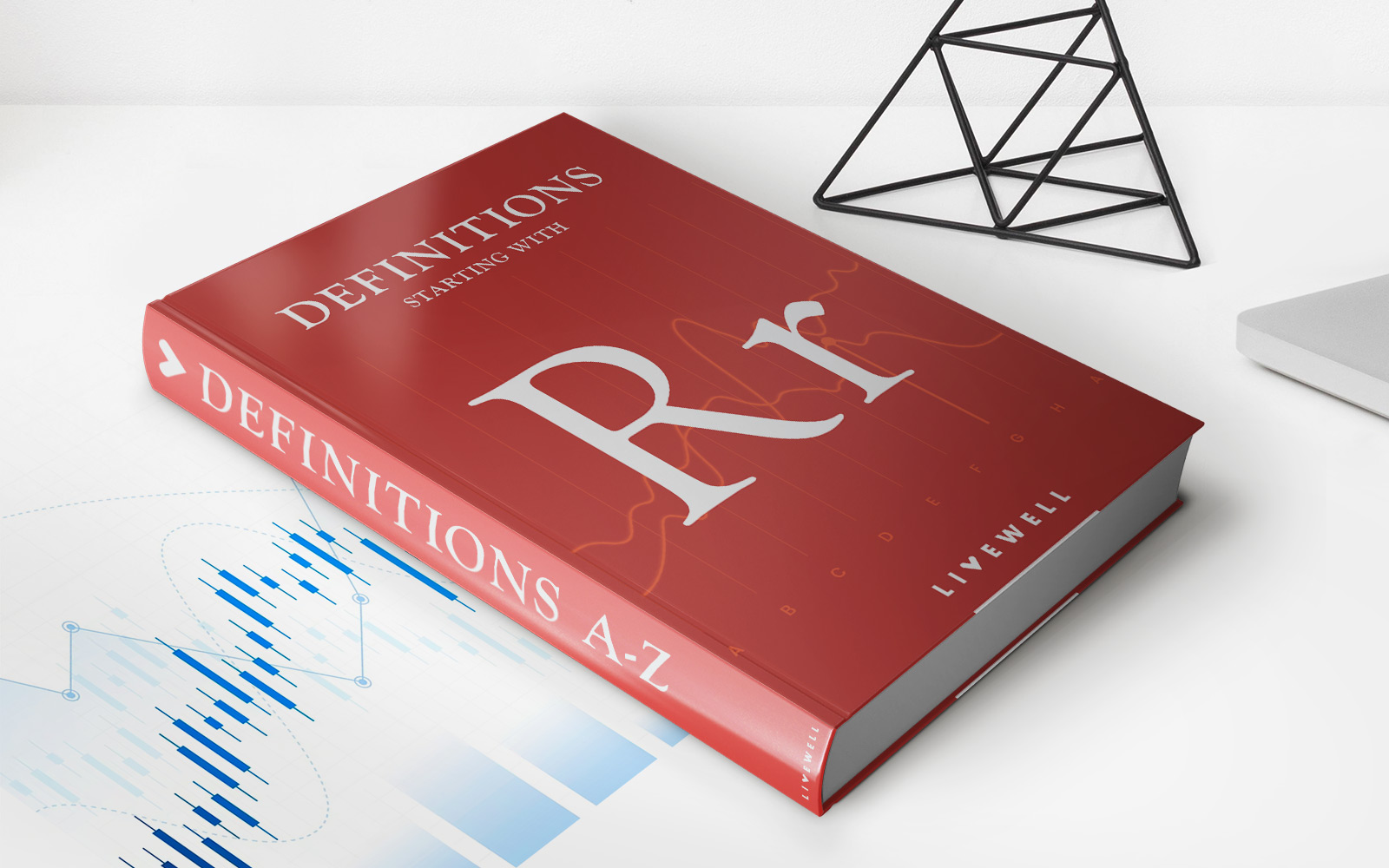

Finance
Reverse ICO Definition
Published: January 20, 2024
Learn about the definition of reverse ICO and its impact on the finance industry. Discover how this innovative concept is revolutionizing the way businesses raise capital.
(Many of the links in this article redirect to a specific reviewed product. Your purchase of these products through affiliate links helps to generate commission for LiveWell, at no extra cost. Learn more)
What is a Reverse ICO and How Does it Impact the Finance Industry?
With the increasing popularity and adoption of cryptocurrencies, blockchain technology has become a revolutionary force in the finance industry. Initial Coin Offerings (ICOs) have allowed numerous startups to raise funds, but now a new trend has emerged – Reverse ICOs. In this article, we will explore the definition of a Reverse ICO and how it is reshaping the finance landscape.
Key Takeaways:
- A Reverse ICO is the process in which an existing traditional company or startup decides to launch its own cryptocurrency or token.
- Reverse ICOs provide established companies with an opportunity to leverage blockchain technology and raise funds while maintaining control over their operations.
So, what exactly is a Reverse ICO?
A Reverse ICO is the opposite of a traditional ICO. Instead of a startup creating a new token or cryptocurrency to raise funds, an established company decides to launch its own token or cryptocurrency. This allows the company to leverage the benefits of blockchain technology, such as increased transparency, security, and potentially, a global reach.
The Impact on the Finance Industry:
The emergence of Reverse ICOs has significant implications for the finance industry. Here are some key ways in which it is reshaping the industry:
- New Funding Opportunities: Reverse ICOs provide established companies with an alternative way to raise capital. By launching their own tokens, these companies can attract investors and potentially raise funds more quickly than through traditional means such as venture capital or IPOs.
- Increased Liquidity: Tokens issued through Reverse ICOs can be traded on various cryptocurrency exchanges, providing investors with the opportunity to buy, sell, and trade these tokens. This increased liquidity can be advantageous for both the company and the investors.
- Disintermediation: Reverse ICOs have the potential to disrupt traditional financial intermediaries, such as banks, by providing direct peer-to-peer transactions. This eliminates the need for intermediaries, reduces costs, and increases efficiency.
- Global Reach: By utilizing blockchain technology, Reverse ICOs have the potential to reach a global audience, allowing companies to access a larger pool of investors and customers from around the world.
Overall, the rise of Reverse ICOs presents exciting possibilities for established companies to embrace blockchain technology and raise funds in innovative ways. It also offers investors the opportunity to participate in the growth of these companies by investing in their tokens. As the finance industry continues to evolve, Reverse ICOs are likely to play a significant role in shaping its future.


